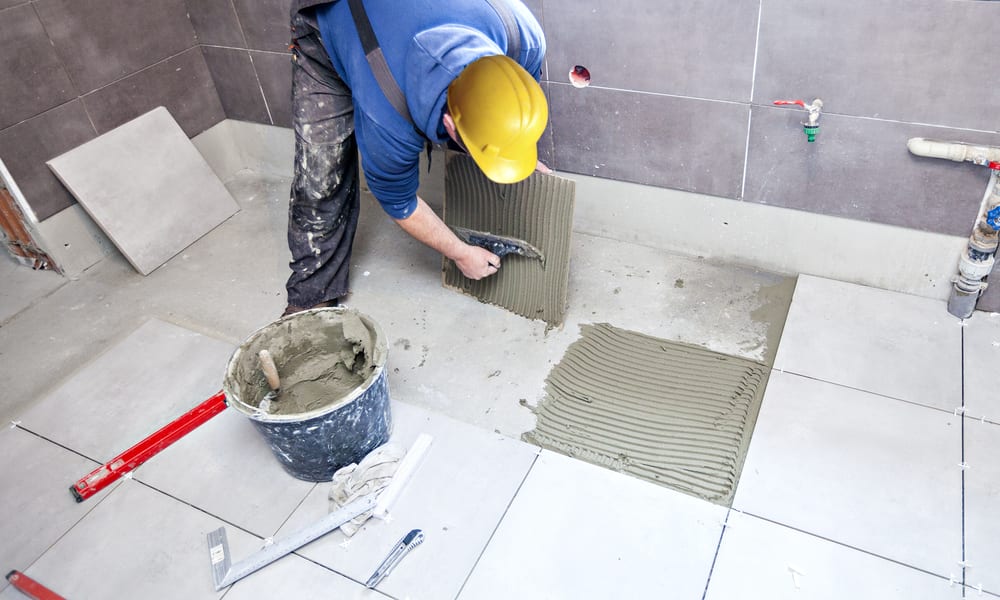Integrating water-saving fixtures into existing layouts
Retrofitting water-saving fixtures into an existing bathroom layout can reduce water use and improve function without a full remodel. This overview highlights plumbing, tiling, flooring, ventilation, lighting, accessibility, and smartcontrols considerations to guide practical, sustainable upgrades.

Updating an existing bathroom to include water-saving fixtures requires planning around current plumbing and layout constraints while maintaining reliable drainage and durable finishes. Thoughtful choices—such as low-flow fixtures, efficient valves, and smartcontrols—can reduce consumption and support sustainability objectives without tearing out all tiling or replacing every element. Careful attention to flooring, grout, sealant, and ventilation helps avoid moisture issues and preserves accessibility and maintenance ease over time. The remainder of this article breaks down practical steps and trade-offs to consider when integrating these fixtures into an established space.
How does plumbing adapt to water-saving fixtures?
Plumbing modifications are often the first technical hurdle. Low-flow toilets and aerated faucets may require different valve sizes, isolation valves, or pressure-balancing to function properly. In many layouts the existing water supply lines and drainage remain adequate, but older systems might need pressure regulators or upgraded trap arrangements to ensure performance and avoid siphoning or poor flushing. When planning renovation work, coordinate with a licensed plumber to evaluate pipe condition, water pressure, and drainage slope so that new fixtures deliver intended savings without increasing maintenance needs.
What fixtures fit into existing layouts?
Choosing fixtures that match the current footprint minimizes tiling and flooring disruption. Wall-hung fixtures or compact toilets fit into tight layouts, while replacement showerheads and faucet cartridges can be installed with minimal renovation. Consider accessibility requirements: lever handles, thermostatic mixers, and curbless showers can be paired with water-efficient valves. For sinks and showers, selecting cartridge-based fittings aids future maintenance. Incorporating smartcontrols—such as timed flow or temperature presets—can further reduce waste while blending into the existing aesthetic.
How to address flooring, drainage, and tiling?
Retaining existing tiling and flooring often controls costs and waste, but integration of new fixtures must respect drainage and waterproofing details. Ensure shower floors maintain proper slope to drains and that transitions between old and new tiles are sealed with compatible grout and sealant. If relocating fixtures slightly, check that underfloor drainage and trap locations align or are adjusted by a qualified contractor. Moisture-resistant backer boards and appropriate membrane systems should remain intact or be upgraded where ceramic tiling is disturbed during renovation.
How do grout and sealant affect long-term performance?
Grout and sealant choices influence both waterproofing and maintenance frequency. Use grout formulated for low-porosity and, where appropriate, epoxy or enhanced polymer grouts to reduce staining and microbial growth. Sealants around fixtures and transitions should be compatible with existing tile and substrate materials; improper sealants can degrade and permit leaks, undermining drainage and creating costly repairs. Regular inspection and timely re-sealing are part of maintenance that preserves the efficiency of water-saving fixtures and prevents damage to floors and walls.
How to ensure ventilation, lighting, and accessibility?
Upgrades that save water should not neglect ventilation and lighting, which affect durability and usability. Adequate ventilation reduces humidity and helps finishes like grout and sealant last longer; consider upgrading exhaust fans to models sized for the room. Efficient LED lighting improves visibility for accessible layouts and can be integrated with occupancy sensors to save energy. Maintain or improve accessibility by preserving clear circulation and reach heights when swapping fixtures—this supports usability for all while aligning with sustainability goals.
Can smartcontrols support sustainability goals?
Smartcontrols—such as sensor faucets, timed flush modules, or app-enabled leak detectors—can amplify savings and simplify maintenance. They must be selected to integrate with existing plumbing and electrical layouts; some require additional wiring or transformer installations. Smart leak sensors help protect finishes and flooring, while flow-limiting controllers and temperature presets reduce waste. Balance feature complexity with maintenance: choose systems that offer clear diagnostics and local service support in your area to avoid introducing equipment that becomes difficult to repair.
Retrofitting water-saving fixtures into an existing bathroom is a balance of practical plumbing adjustments, careful attention to tiling and flooring, and sensible adoption of technology. Prioritizing durable grout and sealant, ensuring proper drainage and ventilation, and maintaining accessibility keep the space functional and low-maintenance. When planning a renovation, coordinate with local services—plumbers, tilers, and ventilation specialists—to match product choices to the constraints of your layout and to meet sustainability goals without unnecessary replacement.





